Fulton County, Georgia, has renewed its commitment to housing stability for low-income families by offering rental assistance programs that provide substantial financial relief—potentially up to $1,500—to eligible households. As the need for affordable housing remains acute, such initiatives aim to help residents avoid homelessness and ease the burden of housing costs in an increasingly competitive rental market.
Table: Income Limits for Rental Assistance Eligibility in Fulton County
| Household Size | Maximum Household Income (Annual, USD) |
|---|---|
| 1 | $46,350 |
| 2 | $52,950 |
| 3 | $59,550 |
| 4 | $66,150 |
| 5 | $71,450 |
| 6 | $76,750 |
| 7 | $82,050 |
| 8 | $87,350 |
Understanding the Fulton County Rental Assistance Program
The Tenant-Based Rental Assistance (TBRA) program, managed by the Housing Authority of Fulton County, seeks to offer affordable, stable housing for residents with low to moderate incomes. Funded through allocations from HUD’s HOME Investment Partnership Program, the initiative targets families struggling with rent payments, those experiencing or threatened by homelessness, and individuals dealing with utility arrears or evictions.
Eligible applicants may receive up to $1,300 per month for rent, with an additional $200 per month available for utility bills, for as long as six months. This means that a family facing acute hardship could benefit from as much as $1,500 monthly in relief—a crucial intervention in a housing market where rental prices have steadily increased in recent years.
Who Is Eligible?
To qualify for this rental assistance, applicants must live in Fulton County but outside the city limits of Atlanta, as both receive separate federal aid. Household income must fall at or below 80% of the Area Median Income, and at least one household member should have experienced a reduction in income, unemployment, or other financial hardship—especially due to the effects of the COVID-19 pandemic or other extenuating circumstances. Additionally, the program requires applicants to demonstrate a risk of housing instability or potential homelessness.
The application process generally requires documentation of household income, proof of residency, a valid lease, photo identification for adults living in the household, and, where necessary, notices of eviction or overdue bills. Priority is usually given to households with incomes below 50% of the median, those facing imminent eviction, or with prolonged employment hardship.
How the Assistance Is Distributed
One of the defining features of Fulton County’s rental relief initiative is that payments are made directly to landlords and utility companies, not to the applicants themselves. This approach ensures prompt stabilization for the housing provider and utility companies while also fulfilling federal and local compliance requirements for transparency and accountability.
Impact and Broader Support
Rental assistance in Fulton County is more than just a one-time payment. It is part of a comprehensive approach to keep families in their homes, prevent evictions, and mitigate the cycle of poverty. Besides rental support, related programs offer help with security deposits, overdue utilities, and link residents with supportive services such as legal aid, case management, and workforce development resources.
While housing affordability remains a major challenge—especially for larger families or those with unique needs—Fulton County collaborates with local, state, and nonprofit partners to maximize outreach and capacity. The aim is not only to prevent homelessness but also to encourage financial independence and long-term housing stability for participants.
The Road Ahead
With over $1.2 million in annual funding directed to rental assistance through federal partnerships, Fulton County continues to prioritize housing needs in its planning for 2025 and beyond. Yet, officials acknowledge that funding—though substantial—cannot meet all demand, and urge qualified residents to apply promptly.
Additionally, as programs wind down or funding cycles change, residents are advised to stay informed about new application windows and eligibility requirements. Agencies like the Housing Authority of Fulton County and local nonprofit partners serve as essential contacts for assistance, referrals, and up-to-date program information.
Conclusion
The opportunity for up to $1,500 in rent and utility help reflects Fulton County’s proactive measures to shield its most vulnerable households from the destabilizing effects of the housing crunch. With clear eligibility guidelines and direct support mechanisms, the region aims to sustain community well-being and ensure that low-income families have a fighting chance to stay securely housed as economic conditions evolve.

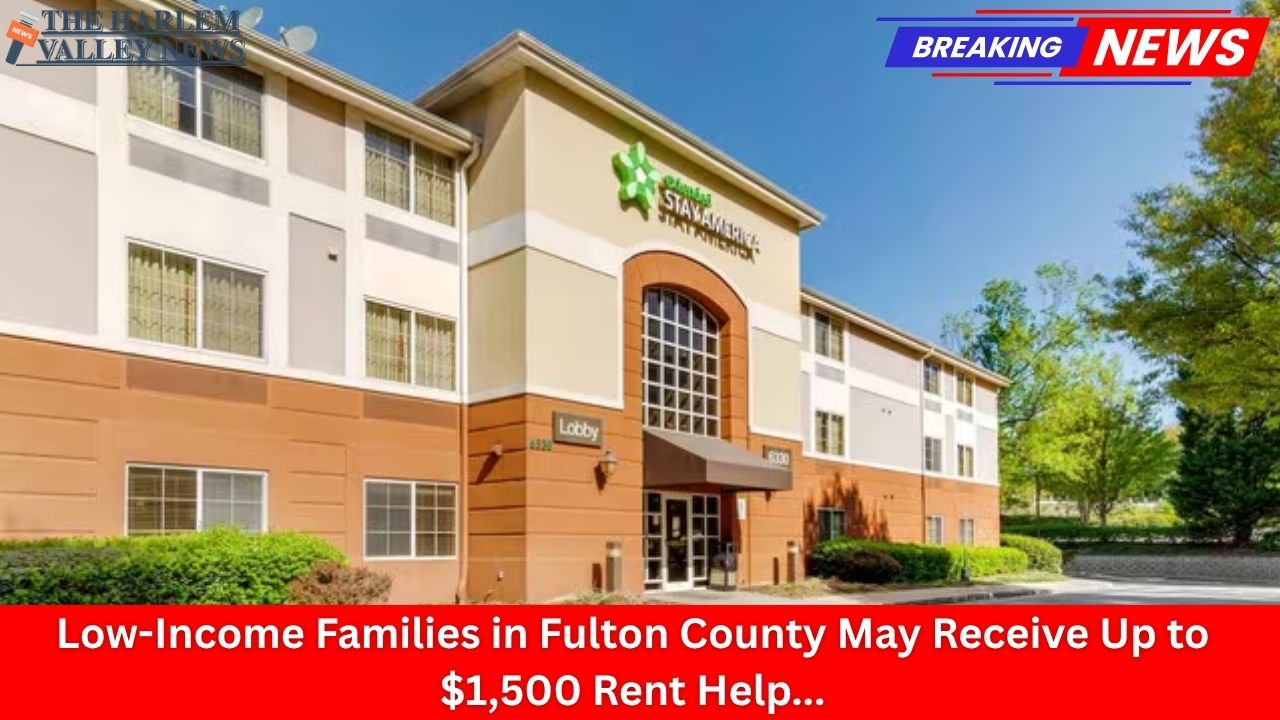


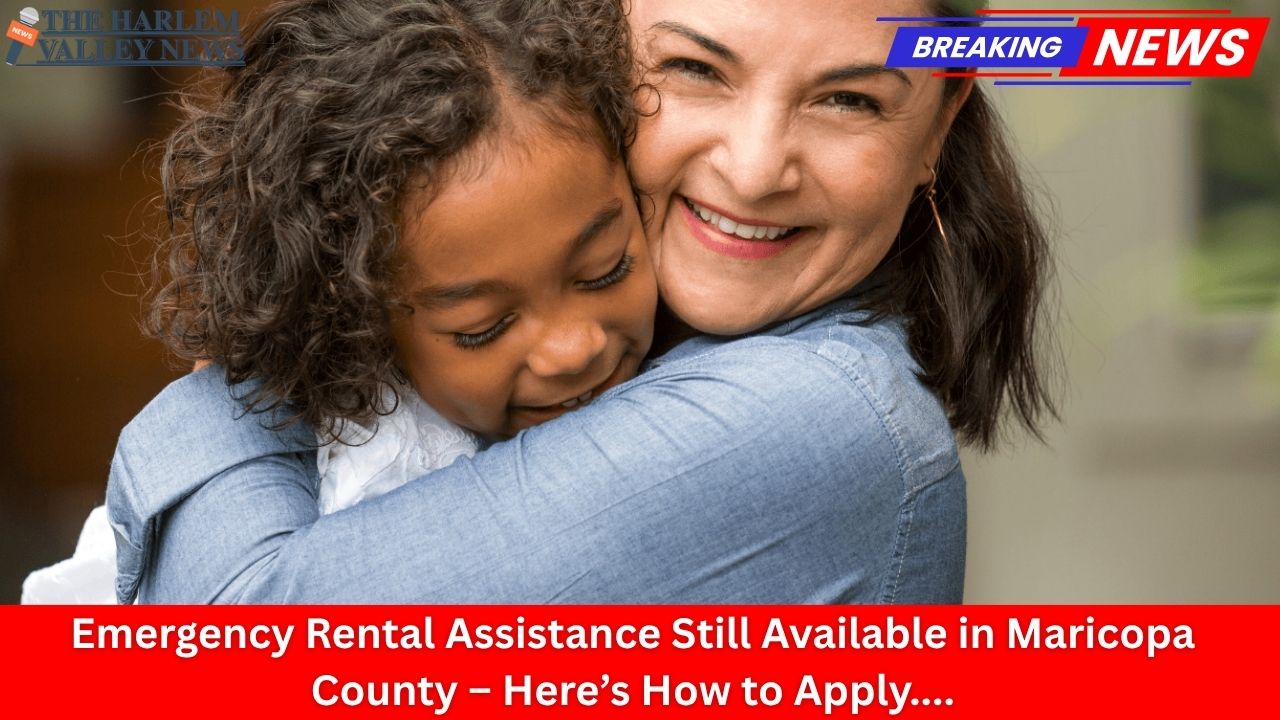
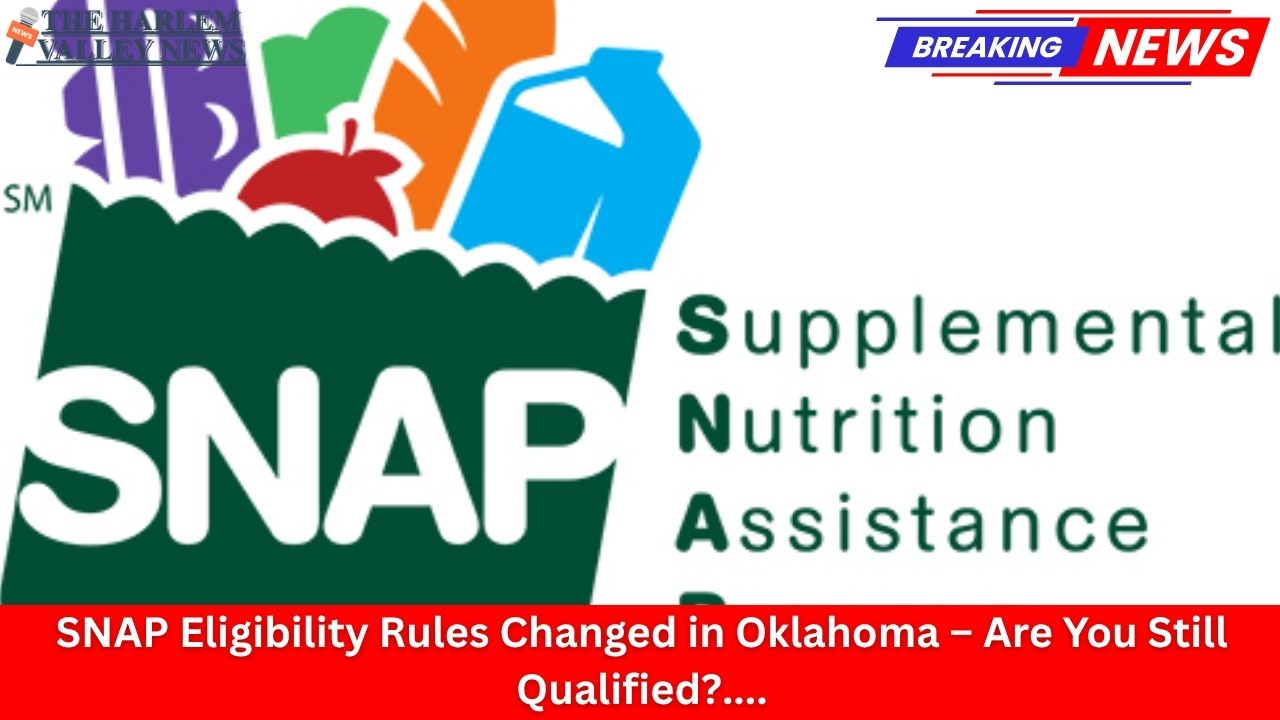
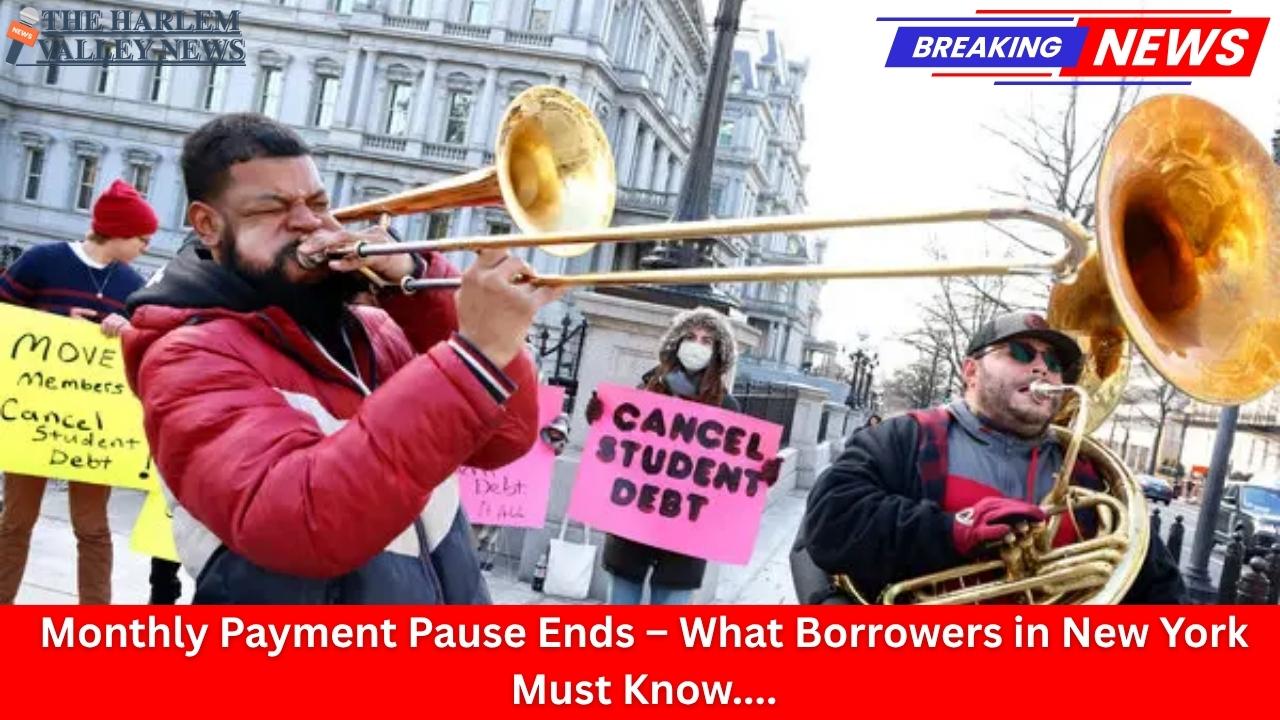

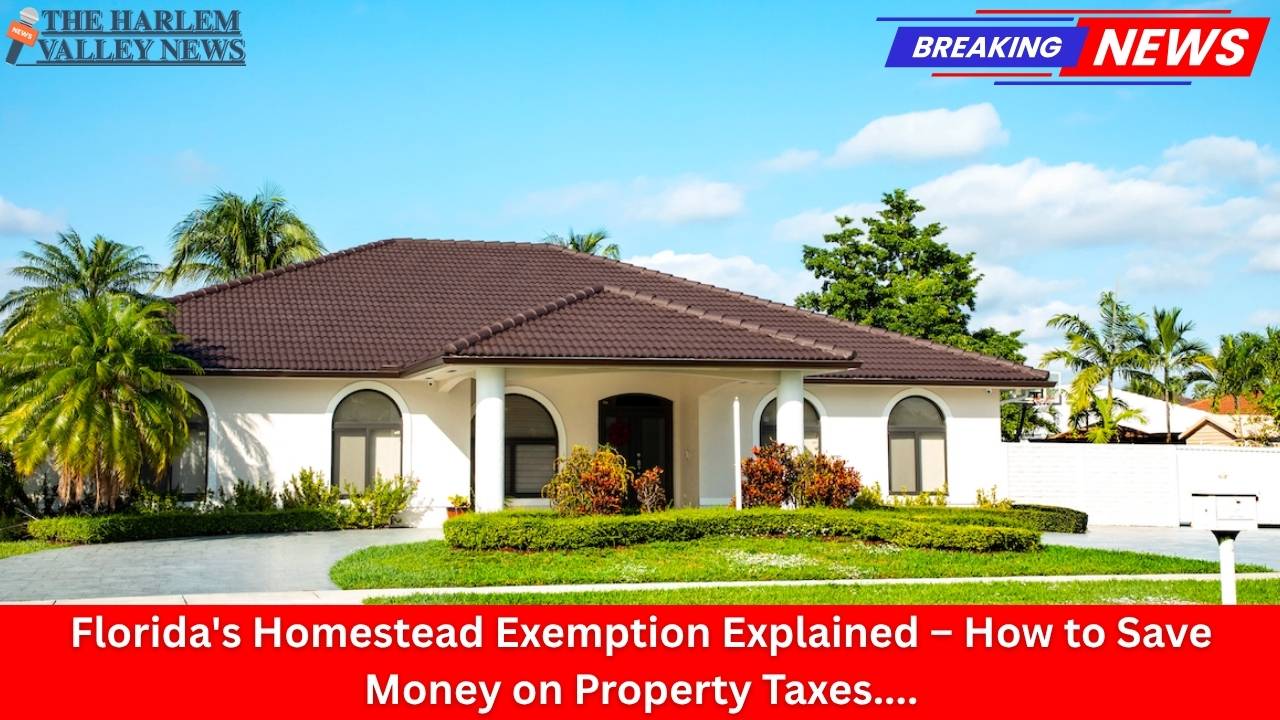


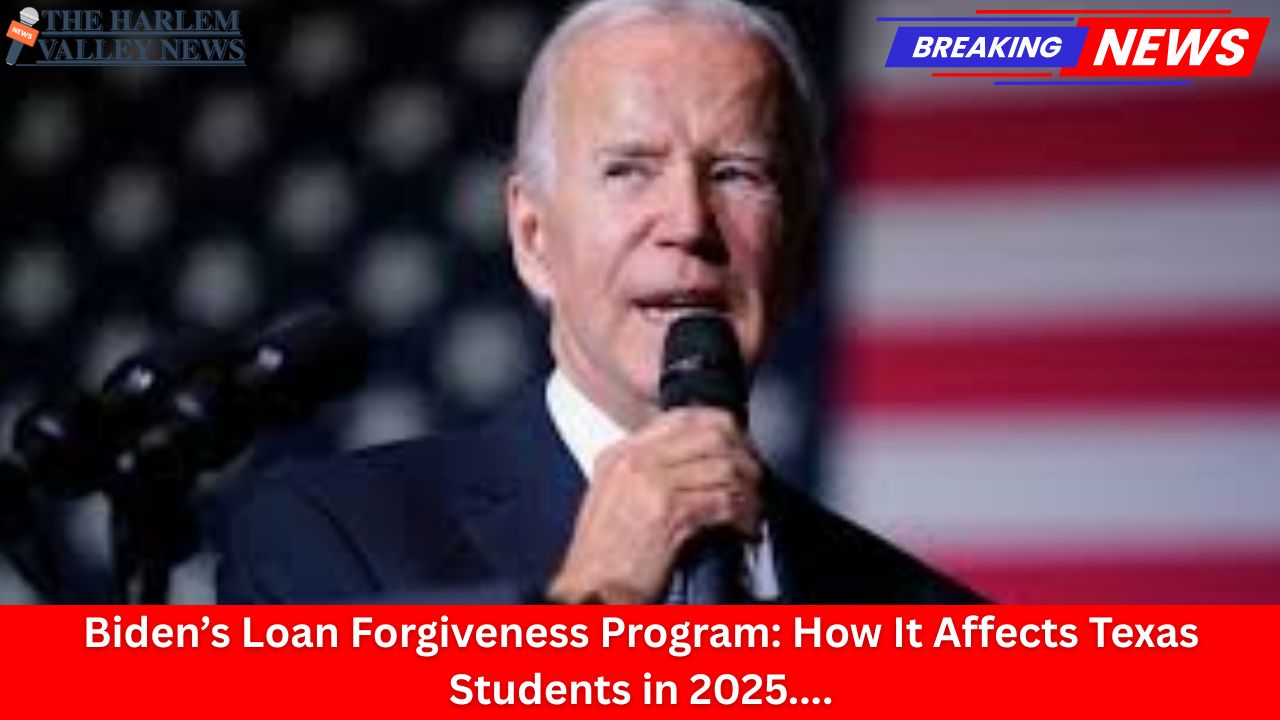
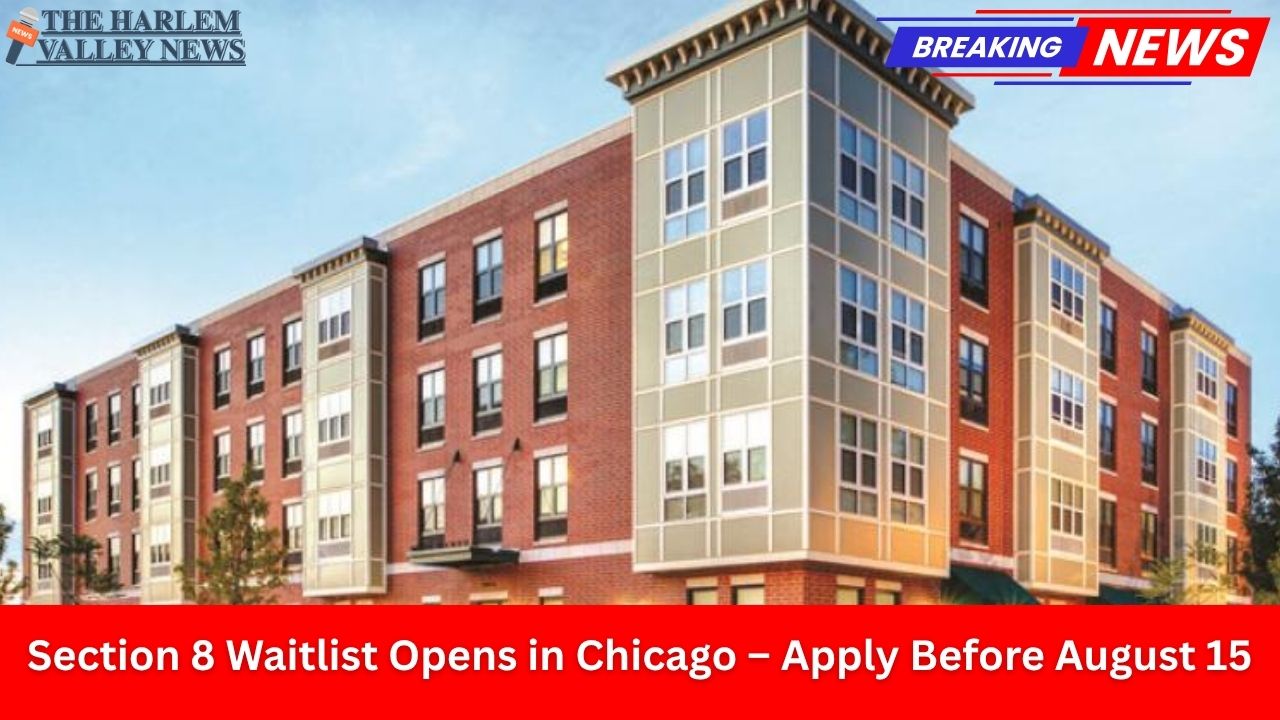
Leave a Reply